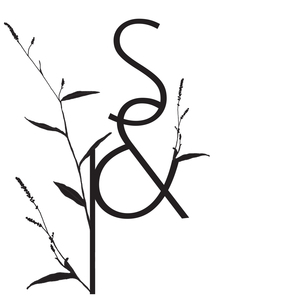It’s on a brisk morning the Sunday before Thanksgiving that he whispers thanks solemnly into the ear of the heritage tom he has raised with care for over a year. With its feathers fanned, a chevron pattern in coal black and amber brown frame its fleshy head, knotted in bright blue and red. Its age is clear from the size of the spur on its reptilian leg, about a quarter inch, and the modest beginnings of a beard on its inflated chest. He grabs the breast, swooning over the fat development he can feel with the hands that fed this gorgeous bird. These are free-foraging, pastured birds that are absolutely fresh.
“They’ve got one bad day, and it’s today,” says Clay Crowder of Five-C-Farm.
A group of twenty has arrived on his family farm to select their Thanksgiving turkey. Varying widely in age and background, they have all chosen to play a greater role in bringing the centerpiece of the meal to their table this year. They are interested in learning about livestock production on a small farm. Many are trying to make farming a business for themselves; others are just looking to move toward a more self-sustaining lifestyle. And of course, they all want a really good turkey.
The big toms are 18-20 pounds of muscular flesh, while the hens are smaller, between 12-15 pounds, with more tender meat. On Thursday, it will take added time to prep and cook these free-range birds, ideally starting with a 48-hour brine to breakdown strong connective tissues and then a low and slow roasting in the oven.
“[But when you taste this meat,] it just kinda screams out—that’s turkey! It’s not a gamey turkey either. There’s a flavor to the fat and a sweetness to the meat. When you compare it to a store-bought bird, it’s fundamentally different.”
The workshop has an intentionally modest setup that demonstrates how to humanely process turkeys on a very small scale. There are just four stations—two metal killing cones suspended on a simple wooden frame, one large copper pot filled with the scalding water and set atop a log fire, chairs arranged in an arc around a tarp for the plucking, and a sterilized stainless steel work table for the evisceration. After purchasing a bird, each person moves through the stations, using his or her own hands to take back the production of meat, to close the gap between meat in the supermarket and animals in the field. This small group of people humbly gives thanks to the living creature that will nourish their loved ones in just a few days.
“This is careful work. It’s like the difference between white bread and a handmade loaf of sourdough that’s fermented for 3 days, and it’s just beautiful.”
Words by Erin Wilson

